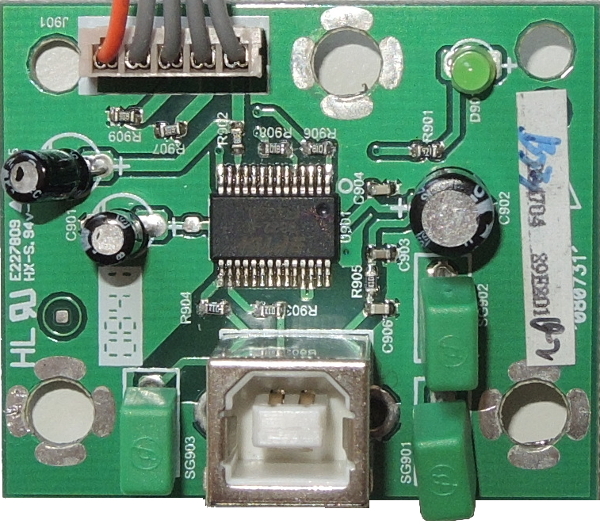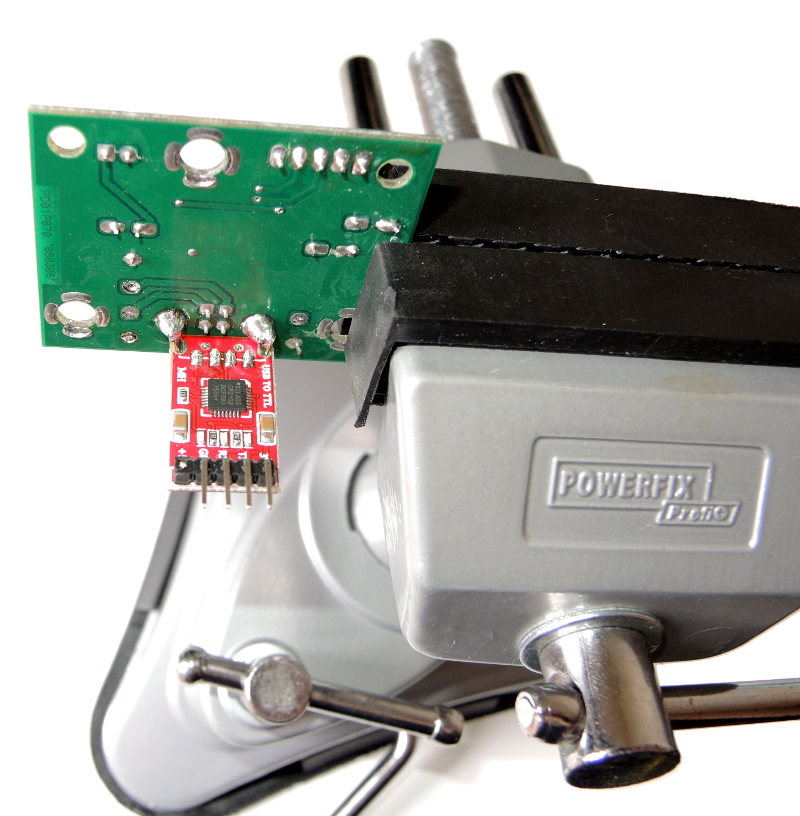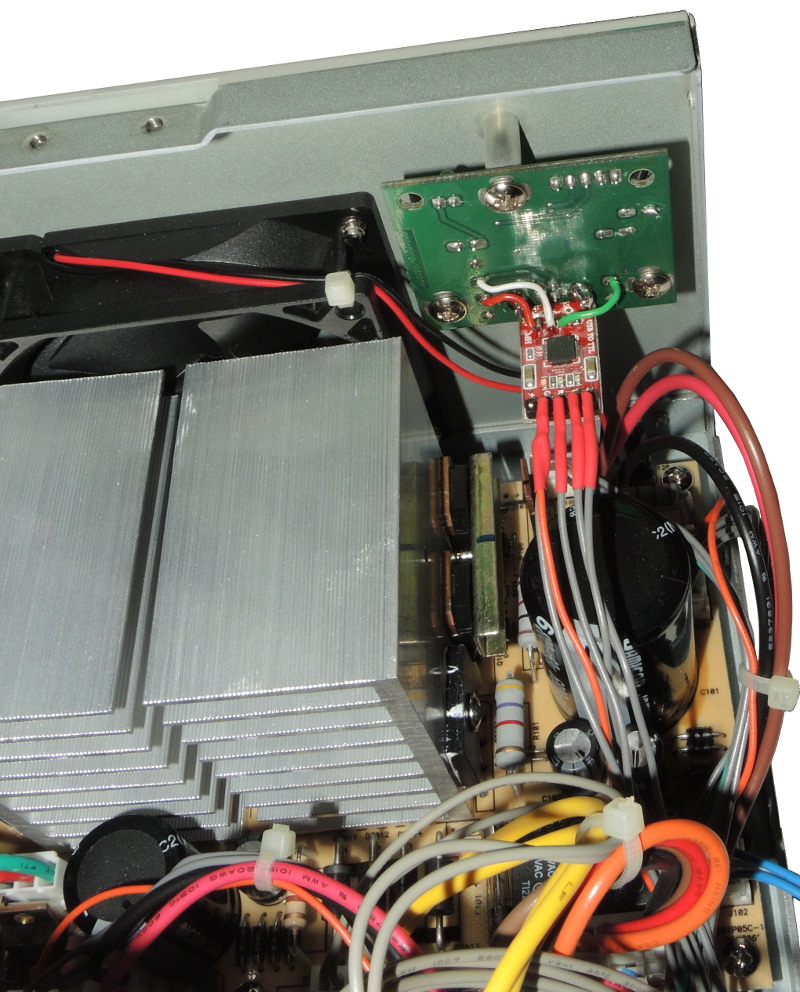--- Welcome to RFsignal.eu ---
23cm Transverter (28 MHz / 1296 MHz) - DB6NT KIT
This week I have finished my new transverter for 23cm amateur radio band. Even though there is still a lot of work on this project, I am very happy that the main part is done. :)
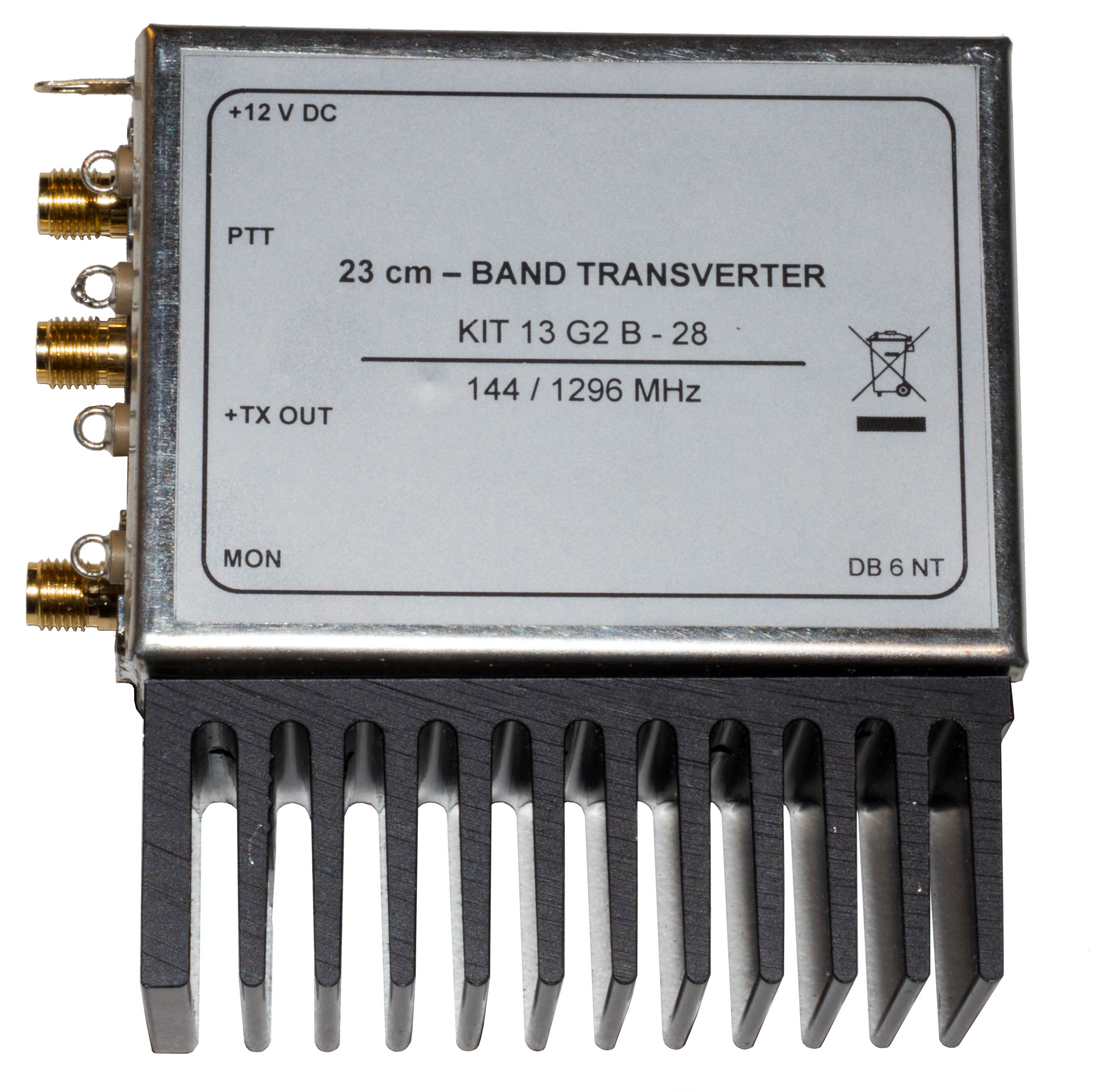
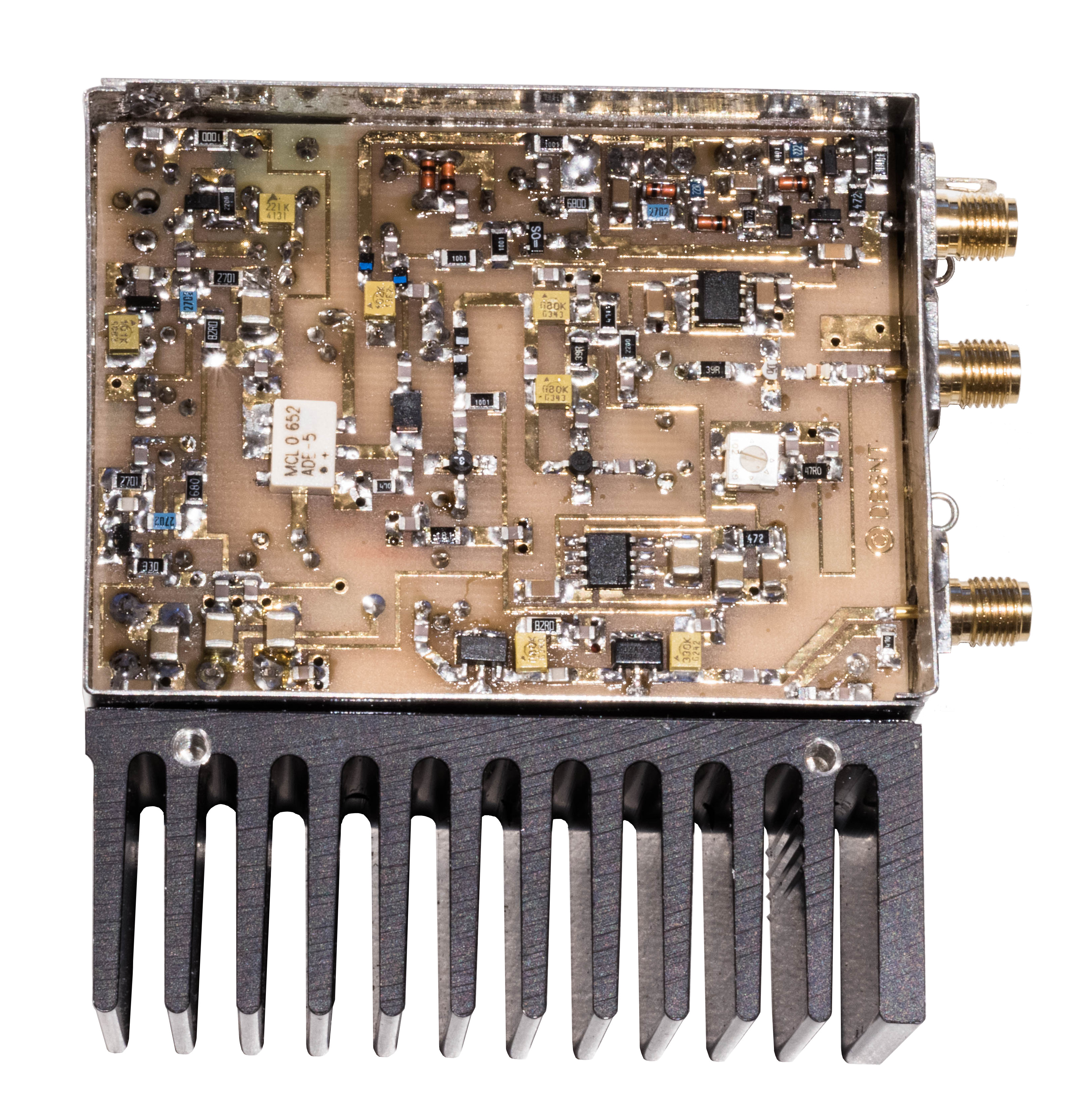
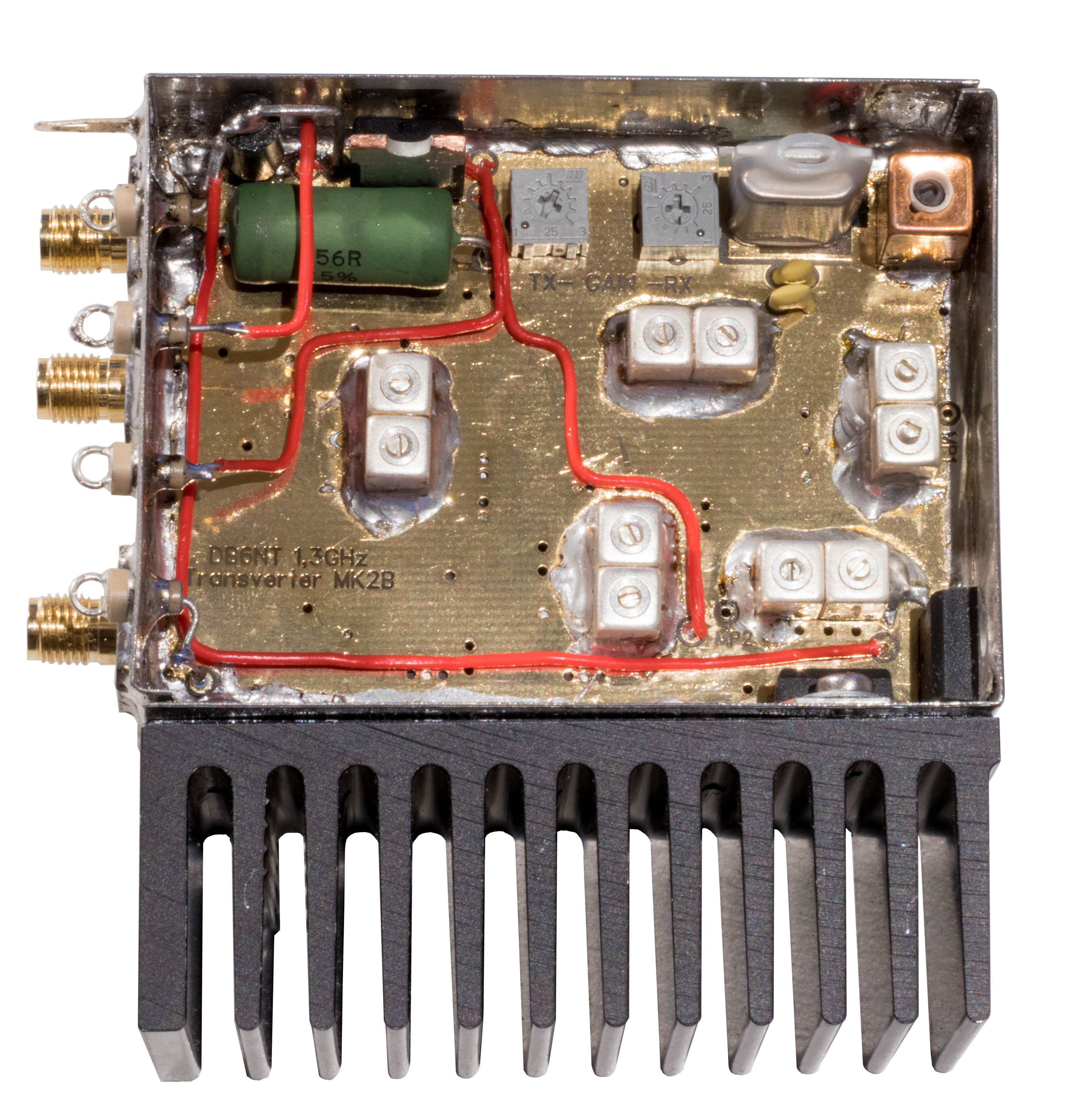
Digi-mode interface for Yaesu FT-897D
I have finished a new interface for my FT-897D which I want to use mainly for VHF contacts using meteor scatter (MS) as the propagation mode. I made this interface very simple. I used two audio transformers 1:1 (600:600 Ohm isolation transformers), one optocoupler (CNY17-1) for PTT and USB to RS232 converter cable (PL2303 Chipset).

144 MHz, Quadruple-Quadlong - DK7ZB design
I have managed to finish my new antenna - Quadruple-Quadlong designed by Martin DK7ZB. The gain of this antenna is 9 dBd. The reason why I have chosen this antenna is simple. I don't have a garage where I could build and store my antennas here in Chesterfield (UK) at the moment, so everything has to be simple, portable and small. I used PVC electrical conduit pipes and designed and printed some parts needed for the construction. Overall I am happy with this antenna and it works very well. My longest contact with this antenna was 869 km during Marconi memorial / A1 contest in Novemeber 2017.
| 3D modeling | |
 |
 |
 |
|
|
The brass tubes are fastened by cable ties. |
|
| Practical realisation with the 3D printed parts |
|
50 Ohm choke with RG-142 |
|
Radiator |
|
|

The antenna during Marconi memorial / A1 contest
144 MHz, Yagi antennas 7el., 4x5el., 2x8el. - DK7ZB design
This is a short presentation of my antennas which I built in the past. All of them were designed by Martin DK7ZB. I like Martin's designs as the antennas are easy to build (simple radiator) and work very well. Take a look.
1) 7 element SSB/CW Yagi, boom 3.3m, 11dBd, 28 Ohm, radiator 12 mm, parasitic elements 10 mm
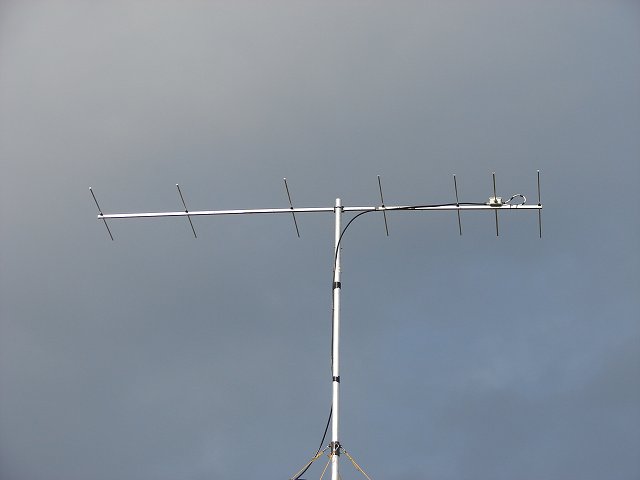
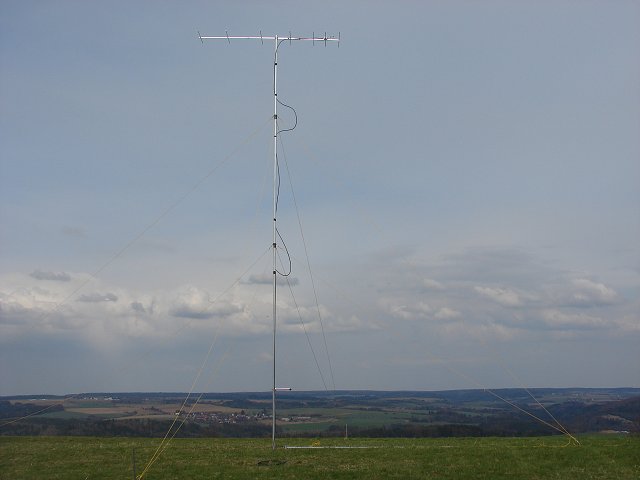
2) 4x5 element Yagi (Boom 2m, 28 Ohm, radiator, parasitic elements 10 mm, 9dBd) + power splitter, stacking distance 2 m

2) 2x8 element Yagi (Boom 4.35 m, 28 Ohm, radiator 12 mm, parasitic elements 10 mm, 12dBd) + power splitter, stacking distance 3.2 m
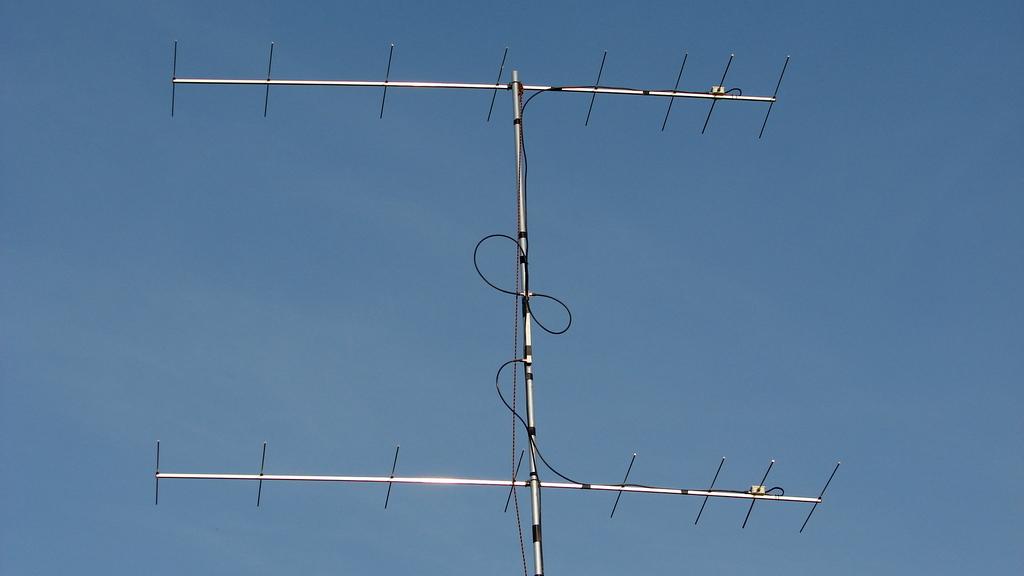
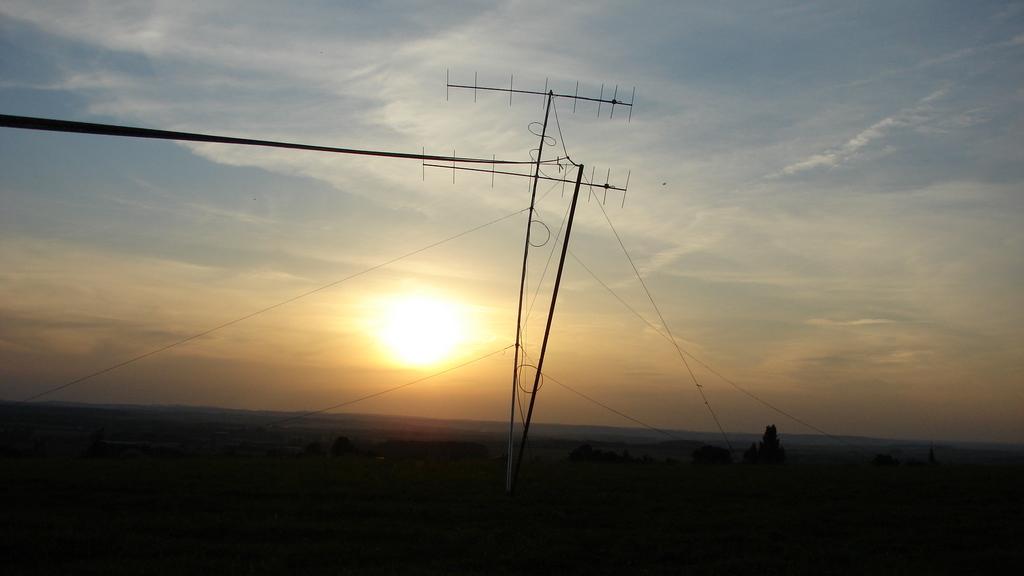
Operation in a contest
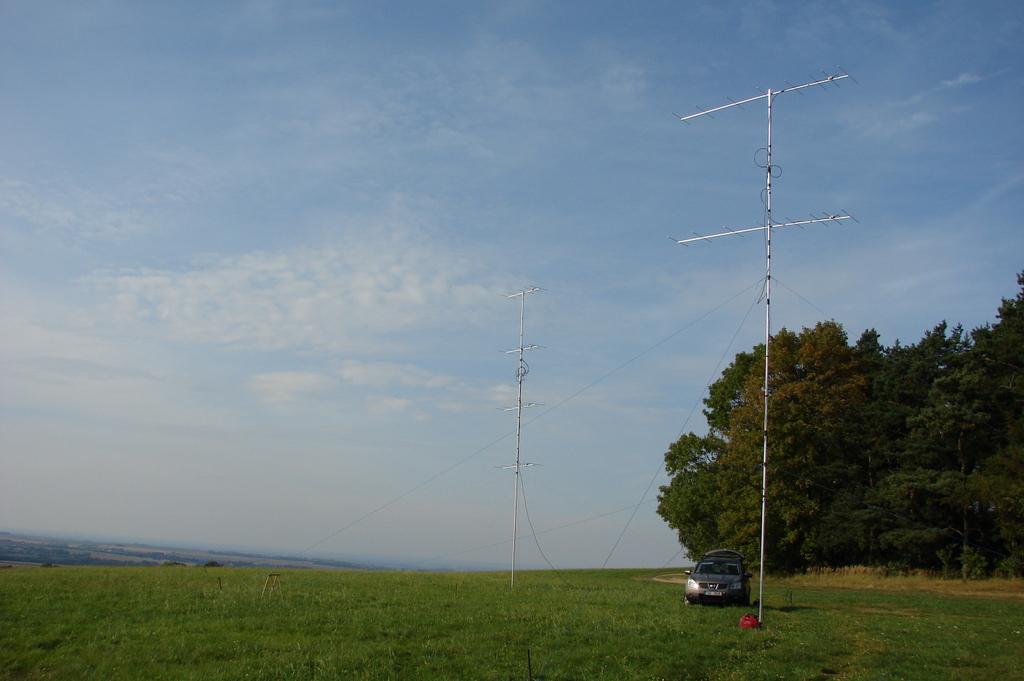
Detail of the construction
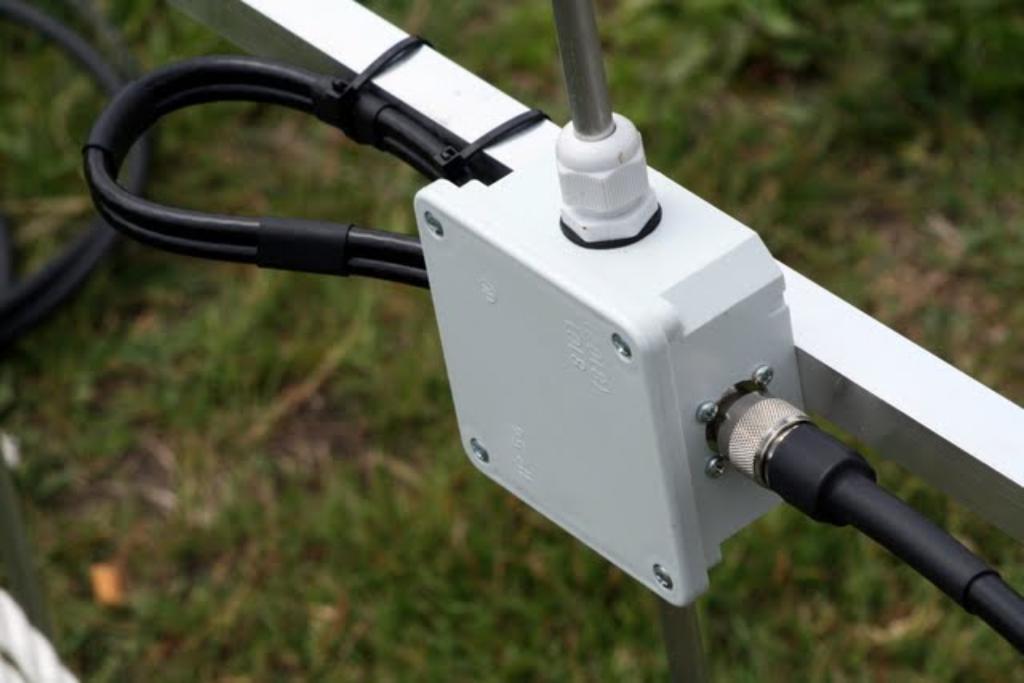
Gw Instek GPD-3303: USB remote control repair
I needed a laboratory power supply for my experiments, so I decided to buy GW Instek GPD-3303D. It is a power supply with 2 independent channels (0-32V) and one fixed channel where the voltage can be set to 2.5, 3.3 or 5V. Furthermore, it can be controlled via USB port remotely. I really looked forward to do some first tests. What a surprise when I found that the power supply does not communicate via the USB port! After some time I discovered that the communication from PC to power supply is probably OK but the power supply doesn't send any data back.
In the end I tried to fix that. The USB port of the power supply is connected to an interface board (USB-UART), so I checked this board first to be sure that there are no shortcuts and so on. Unfortunately, it looked ok. It would be too easy. :)
I managed to find a service manual. The power supply uses PIC 18F85J10 (3.3V logic), so I tried to use my Raspberry Pi which has 3.3V UART on its GPIO bus. (It mans that I didn't have to use the original interface board (USB-UART) and I could communicate with the main processor of the power supply directly.) For this purpose I wrote a simple program in Python for testing the communication and it worked. Secondly, I tried the same thing with my own USB-UART module (CP2102) which I ordered for this test. Fortunately, it also worked well. (I used Linux Mint)
I still was not sure where the problem exactly was so I decided to replace the old board with my CP2102 USB-UART module. The advantage of this module is that it provides 3.3V logic and no external resistors are required.
So I modified the interface board and used only the USB connector. You can see in the following picture that I removed some resistors and capacitors.
Then I modified the CP2102 module and joined both boards together.
It works well and I can read data from the power source without any problems as can be seen in the terminal (following picture). The first message in the terminal is shown every time when the power source is switched on. Secondly, I used commands to get ID of the power supply and set values of both channels. (First channel was set to 0.2A, 5V and the second one was set to 1A and 5V). I am very happy that it works and I am going to write a piece of software to control this power supply from PC.

For the first experiments I used my old PC with Windows 8.1. It seems that the provided software Power GPD by Gw Instek doesn't work with this PC properly. Therefore it was hard to find where the problem was as there could be a problem in the provided software, in my own code or in the hardware. In my opinion one of the reasons why the communication didn't work are resistors R908 and R909 on the original interface board (USB-UART) as presented in the following schematic. You can let me know if you agree with me or what is your opinion.

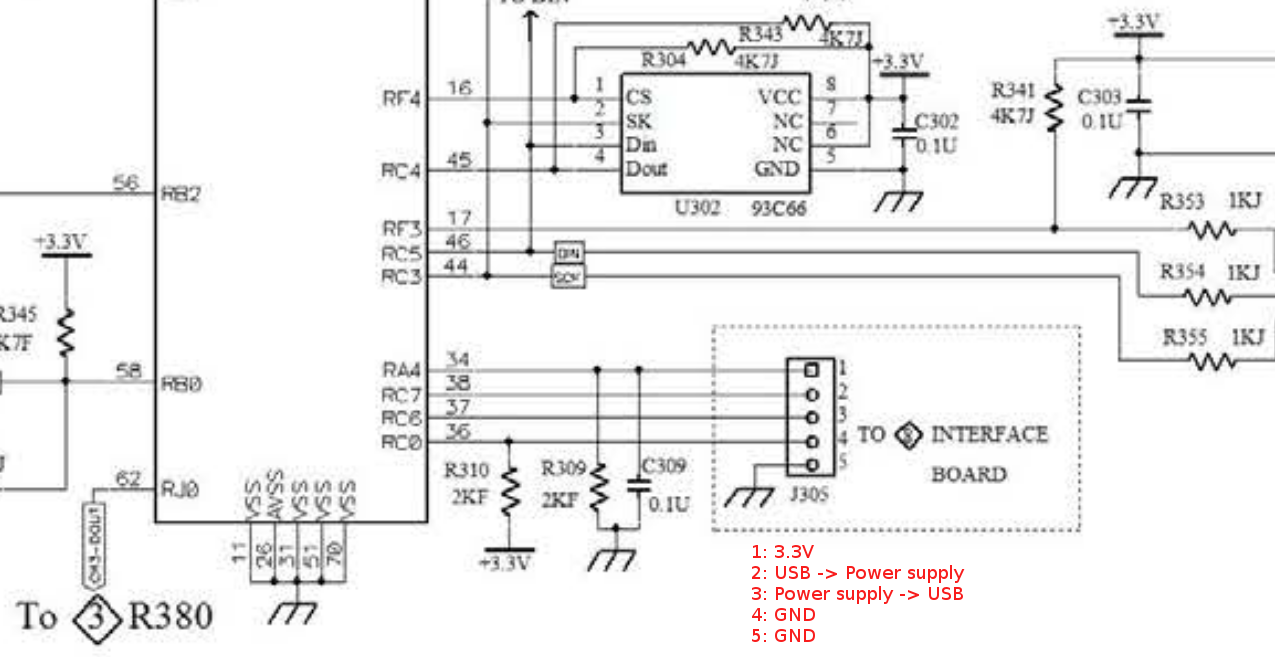
The second thing I do not enjoy is the response of the power supply when the voltage and current are set via the two knobs. The reason is that the regulation is non-linear and it has an "accelerometer", and in my opinion, it is too sensitive. I might understand using this function for the Coarse mode. Unfortunately, this function is activated also in the Fine mode. So you are setting 3.4V, 3.5V, 4.0V and all of a sudden jump to 15.0V! This is a great function for those people who enjoy smoke in their laboratory. :)
(This problem might be fixed in a newer firmware. It can be seen in the terminal that my version is 1.04)







